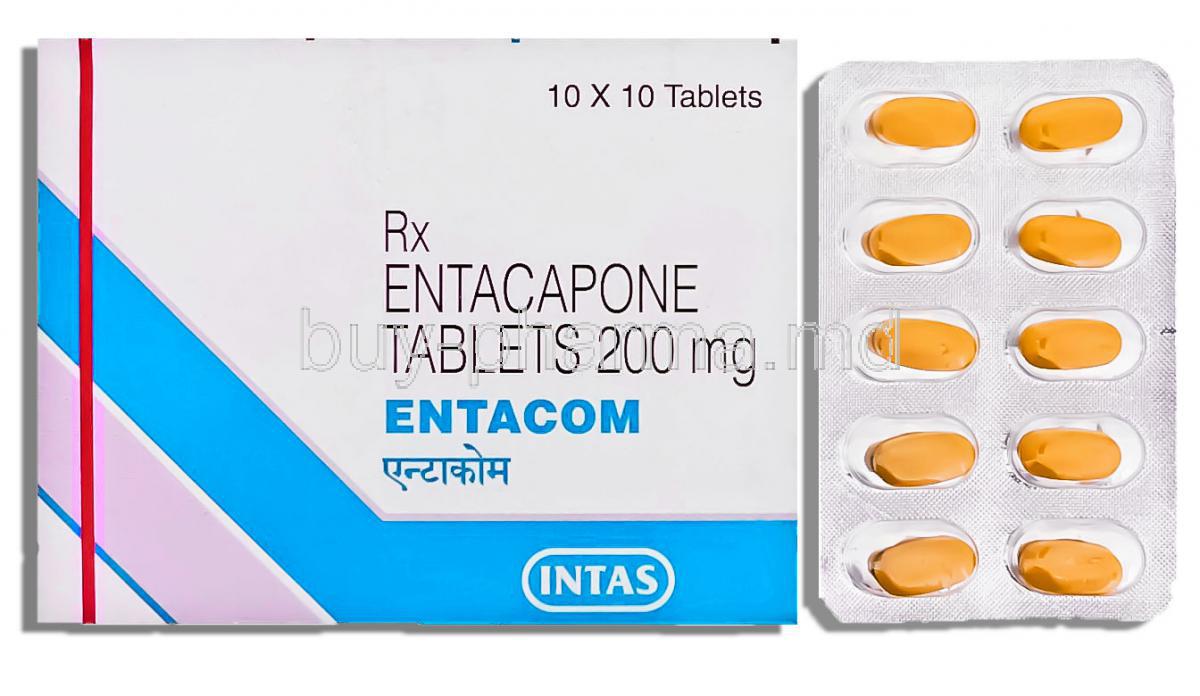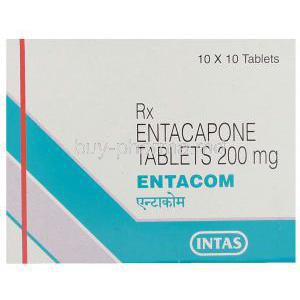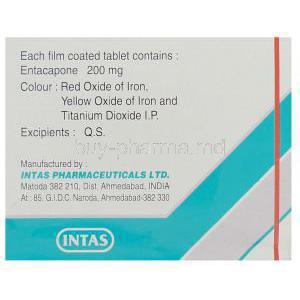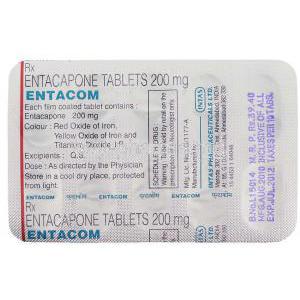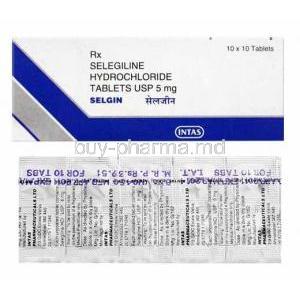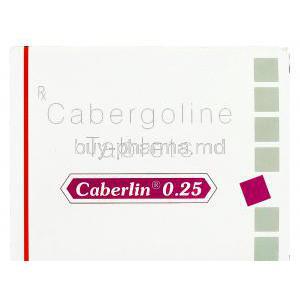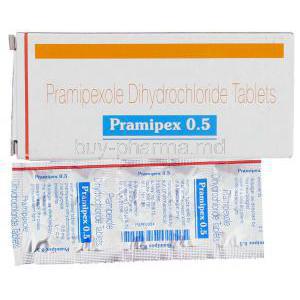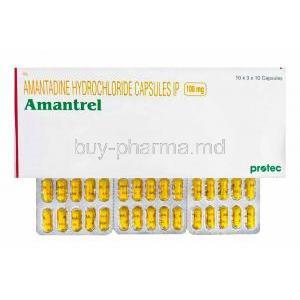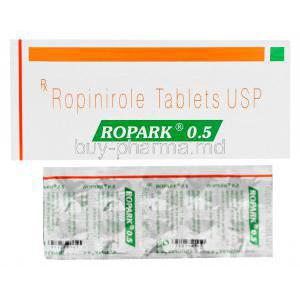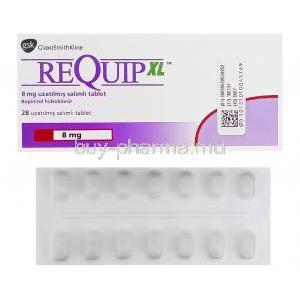Introduction to Entacom (Entacapone)
Entacom, containing the active substance entacapone, belongs to the pharmacological class of catechol-O-methyltransferase (COMT) inhibitors. It has been developed to enhance dopaminergic transmission in the brain by prolonging the effects of levodopa, a cornerstone in Parkinson’s disease management.
Overview of Entacapone as a COMT Inhibitor
COMT inhibitors function by impeding the enzymatic breakdown of levodopa. Entacapone specifically targets peripheral COMT activity, ensuring greater bioavailability of levodopa for central nervous system activity.
Role in the Management of Parkinson’s Disease
In patients experiencing motor fluctuations, entacapone mitigates the “wearing-off” phenomenon by stabilizing levodopa plasma levels. This translates into extended symptom control and improved mobility.
Place in Therapy: Adjunctive Treatment with Levodopa/Carbidopa
Entacapone is not administered as monotherapy. It is prescribed alongside levodopa/carbidopa formulations to strengthen therapeutic efficacy and extend duration of response.
Composition and Formulation
Active Ingredient: Entacapone
The pharmacologically active moiety is entacapone, a selective reversible COMT inhibitor.
Available Strengths and Dosage Forms
Entacom is available in oral tablet form, typically in 200 mg strength, designed for concomitant administration with each levodopa/carbidopa dose.
Excipients and Formulation Details
Excipients may include stabilizers, fillers, and binding agents that ensure proper absorption and tablet integrity. The formulation is optimized to maintain uniform pharmacokinetics.
Mechanism of Action: How Entacapone Works
Role of Catechol-O-Methyltransferase (COMT) Enzyme
COMT is an enzyme responsible for metabolizing catecholamine compounds, including levodopa. Peripheral degradation by COMT reduces the availability of levodopa to cross the blood-brain barrier.
Inhibition of COMT to Prolong Levodopa Effect
By blocking COMT, entacapone decreases levodopa catabolism, allowing higher concentrations to reach the central nervous system. This prolongs levodopa’s half-life and enhances therapeutic stability.
Impact on Dopamine Levels in the Brain
The outcome of entacapone therapy is improved dopaminergic activity, leading to enhanced motor performance and reduced fluctuations in Parkinson’s disease symptoms.
Pharmacokinetics: Absorption, Metabolism, Elimination
- Absorption: Rapid oral absorption with moderate bioavailability.
- Metabolism: Extensively metabolized in the liver.
- Elimination: Predominantly excreted via feces, with minimal renal clearance.
Approved Uses of Entacom
Adjunct Therapy in Parkinson’s Disease
Indicated to be used with levodopa/carbidopa to optimize Parkinson’s disease management.
Reducing “Wearing-Off” Symptoms in Levodopa Therapy
Entacapone extends the therapeutic window of levodopa, reducing episodes of decreased mobility between doses.
Improving Motor Control and Daily Living Activities
Patients often report smoother motor performance, fewer involuntary movements, and enhanced ability to perform daily tasks.
Off-Label Uses of Entacom
Investigational Use in Restless Legs Syndrome (RLS)
Preliminary studies suggest entacapone may alleviate dopaminergic deficiency in RLS, though it is not formally approved for this indication.
Potential Role in Other Dopamine-Related Disorders
Research explores potential applications in conditions characterized by dopamine dysregulation, though clinical validation remains limited.
Research Perspectives on Neuroprotective Effects
Entacapone is being studied for possible neuroprotective properties, offering theoretical benefit beyond symptomatic relief.
Dosage and Administration Guidelines
Standard Adult Dosage and Frequency
The usual recommended dosage is 200 mg with each dose of levodopa/carbidopa, up to a maximum of eight doses per day.
Titration with Levodopa/Carbidopa
Adjustments may be necessary as entacapone alters levodopa pharmacokinetics, often requiring levodopa dose reduction.
Maximum Daily Dose and Duration of Therapy
The total maximum daily dose should not exceed 1600 mg. Long-term use is guided by clinical response and tolerability.
Administration Tips: With or Without Food, Missed Dose Instructions
Entacom can be taken with or without meals. If a dose is missed, it should be skipped if it is near the time of the next scheduled dose.
Administration in Special Populations
Elderly Patients: Dose Adjustments and Safety Profile
No specific dose adjustment is generally required, but heightened vigilance for side effects such as dyskinesia is recommended.
Pregnant Women: Risk Evaluation and Limited Clinical Data
Use during pregnancy is discouraged unless the potential benefits outweigh the risks, as data on fetal safety is insufficient.
Nursing Mothers: Transfer into Breast Milk and Recommendations
It is unknown whether entacapone passes into human milk; caution is advised, and discontinuation of breastfeeding may be necessary.
Pediatric Patients: Safety and Efficacy Not Established
Entacapone is not recommended for children and adolescents due to a lack of controlled clinical studies.
Side Effects of Entacapone
Common Side Effects: Nausea, Diarrhea, Urine Discoloration, Dyskinesia
Frequent adverse reactions include gastrointestinal disturbances, altered urine coloration, and an increase in involuntary movements.
Less Common Side Effects: Abdominal Pain, Fatigue, Dizziness
Some individuals may report generalized discomfort, transient fatigue, or mild dizziness.
Serious Adverse Effects: Hepatotoxicity, Severe Diarrhea, Neuroleptic Malignant Syndrome
Rare but severe reactions may occur, necessitating prompt medical intervention. Patients should be counseled on early recognition of these events.
Warnings and Contraindications
Absolute Contraindications: Hypersensitivity, Pheochromocytoma, History of Neuroleptic Malignant Syndrome
Entacapone should never be administered to individuals with a known hypersensitivity to the drug or its excipients. Patients diagnosed with pheochromocytoma face an elevated risk of hypertensive crises due to catecholamine surge, making therapy strictly contraindicated. A previous episode of neuroleptic malignant syndrome also precludes safe use, as entacapone may exacerbate dopaminergic dysregulation.
Warnings for Hepatic Impairment and Liver Monitoring
As entacapone undergoes extensive hepatic metabolism, impaired liver function can significantly alter drug clearance. Periodic assessment of liver enzymes is recommended, and therapy should be discontinued if persistent elevations or clinical signs of hepatotoxicity arise.
Risk of Rhabdomyolysis and Serotonin Syndrome
Rare but serious adverse events have been documented, including rhabdomyolysis associated with muscle breakdown. Additionally, when combined with serotonergic agents, there is a potential for serotonin syndrome, characterized by agitation, hyperreflexia, and autonomic instability.
Precautions and Careful Administration
Monitoring Requirements: Liver Enzymes, Motor Function, Psychiatric Symptoms
- Liver enzymes: Regular blood tests to detect early hepatic abnormalities.
- Motor function: Vigilance for worsening dyskinesia or rigidity.
- Psychiatric health: Monitoring for hallucinations, depression, or sudden behavioral changes.
Risk of Sudden Sleep Episodes
Entacapone can cause excessive somnolence or unexpected sleep attacks, posing dangers during activities such as driving or operating machinery. Patients must be warned of this risk before initiating therapy.
Caution in Patients with Cardiovascular Disease
Individuals with pre-existing cardiac conditions, including arrhythmias or ischemic heart disease, should be carefully monitored due to the potential for blood pressure fluctuations and sympathetic nervous system involvement.
Guidance on Gradual Discontinuation to Avoid Withdrawal Reactions
Sudden cessation of entacapone may precipitate severe rigidity, fever, and confusion resembling neuroleptic malignant syndrome. A gradual taper is strongly advised under medical supervision.
Drug Interactions with Entacapone
Interaction with Levodopa and Other Parkinson’s Medications
Entacapone enhances levodopa bioavailability, often necessitating dosage adjustment to prevent dyskinesia and excessive dopaminergic stimulation. Combined use with other dopaminergic agents requires tailored titration.
Interactions with Non-Selective MAO Inhibitors
Concomitant administration with non-selective monoamine oxidase inhibitors is contraindicated due to heightened risk of severe hypertensive reactions.
Potential Interactions with Antidepressants, Antipsychotics, and Warfarin
- Antidepressants: May increase serotonergic toxicity risk.
- Antipsychotics: Can antagonize therapeutic effects of entacapone.
- Warfarin: Altered metabolism may require closer INR monitoring.
Food and Alcohol Considerations
Entacapone can be administered with or without food, though high-fat meals may delay absorption. Alcohol may potentiate central nervous system side effects such as dizziness and somnolence, warranting caution.
Overdosage and Emergency Management
Symptoms of Entacapone Overdose: Agitation, Confusion, Nausea, Hypotension
Overdose can present with neuropsychiatric symptoms, gastrointestinal distress, and cardiovascular compromise. Severe toxicity may manifest as profound hypotension and dysregulated motor activity.
Recommended Treatment and Supportive Measures
Management is largely supportive, with emphasis on stabilizing airway, breathing, and circulation. Intravenous fluids, gastric lavage, and activated charcoal may be considered in acute ingestion.
Importance of Immediate Medical Attention
Prompt evaluation in a hospital setting is critical to prevent complications and ensure safe recovery.
Storage and Handling Precautions
Recommended Storage Conditions: Temperature, Light, and Moisture Protection
Tablets should be stored at controlled room temperature, away from direct sunlight and excessive humidity to preserve potency.
Safe Handling for Caregivers and Patients
Caregivers should wash hands after handling tablets. Accidental ingestion by children must be prevented through secure storage.
Shelf Life and Disposal of Unused Medication
Expired or unused medication should be disposed of in accordance with local pharmaceutical waste protocols. Do not flush into water systems.
Patient Education and Important Precautions
Key Counseling Points for Patients and Caregivers
Patients should be instructed to take entacapone with each levodopa/carbidopa dose and to promptly report unusual symptoms such as persistent diarrhea, hallucinations, or jaundice.
Importance of Adherence to Combination Therapy
Consistent use alongside levodopa/carbidopa ensures optimal benefit. Skipping doses can diminish effectiveness and worsen motor fluctuations.
Recognizing Early Signs of Adverse Reactions
Symptoms such as dark urine, unexplained fatigue, or muscular pain should be immediately reported to healthcare professionals.
Lifestyle and Dietary Advice for Optimal Outcomes
- Maintain a balanced diet with adequate hydration.
- Avoid excessive alcohol intake to minimize central side effects.
- Engage in safe physical activity to preserve mobility and strength.

